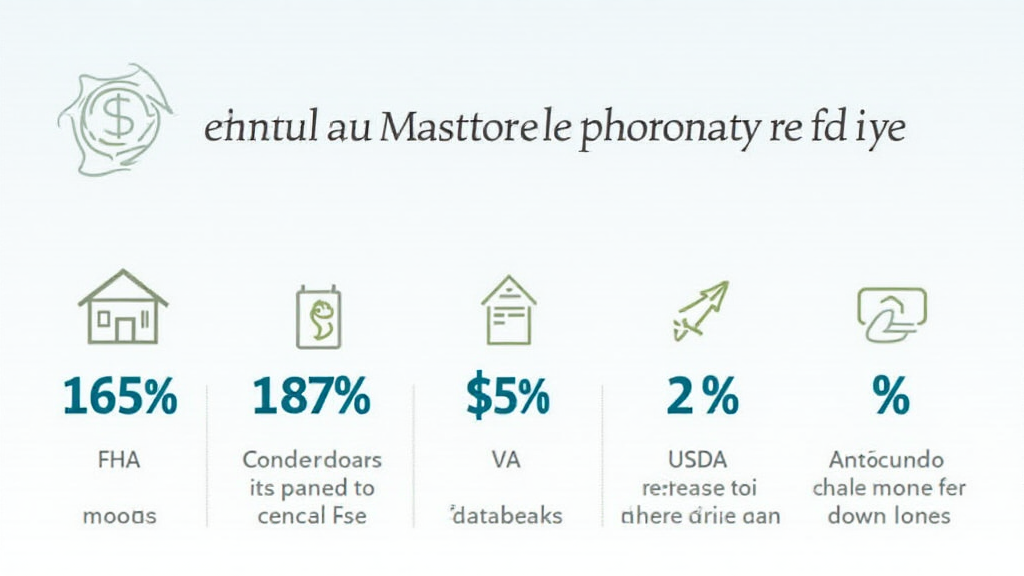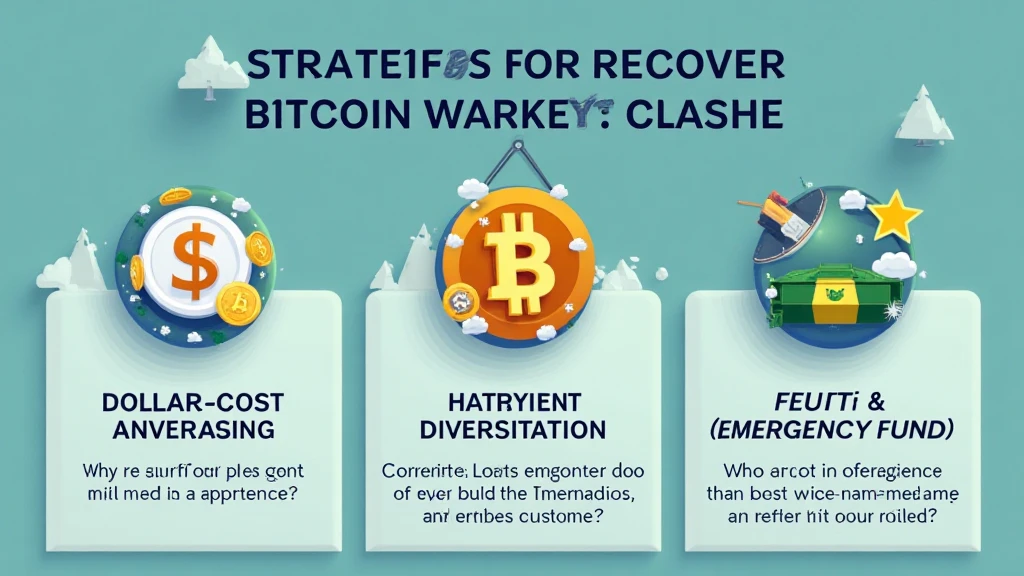Exploring Down Payment Options for Homes: A Comprehensive Guide
With the increasing challenges related to home ownership, including rising property prices and economic volatility, potential homeowners need to evaluate various down payment options for homes effectively. A significant statistic to consider is that as of 2023, the average down payment in the U.S. hovers around 13% of the home’s purchase price. This figure can be daunting, especially for first-time buyers. However, understanding your financing options can empower you to secure your dream home without compromising financial stability.
Understanding Down Payments
The down payment is a crucial part of any home buying process. It represents the portion of the purchasing price that is paid upfront, which reduces the loan amount. Down payment options for homes vary widely based on several factors including loan type, lender, and buyer qualifications.
Why a Down Payment Matters
- Reduces Loan Amount: A higher down payment means a lower mortgage amount and potentially lower monthly payments.
- Improves Loan Terms: A larger down payment can lead to better interest rates, saving you thousands over the life of your loan.
- Avoids PMI: By putting down at least 20%, you can avoid private mortgage insurance (PMI), which adds to your monthly costs.
- Equity from Day One: Higher down payments allow you to build equity in your home more quickly.
Types of Down Payment Options
There are several down payment options that prospective homeowners can explore, tailored to their specific financial circumstances.

1. Conventional Loans
Conventional loans are the most common mortgage type, usually requiring a minimum down payment of 3% to 20% of the home’s price. Buyers can choose to make a lower down payment but may need to pay PMI. Here’s a simplified breakdown of the conventional loan situations:
- Standard 20% Down Payment: Avoids PMI entirely.
- 3% Down Payment: Great for first-time buyers, although PMI will be required.
2. FHA Loans
FHA loans are government-backed loans ideal for first-time homebuyers with lower credit scores. The minimum down payment can be as low as 3.5%.
- Eligibility: Generally requires a credit score of 580 or higher.
- Mortgage Insurance: Like conventional loans, FHA loans require mortgage insurance premiums (MIP).
3. VA Loans
VA loans, available to veterans and active military personnel, offer the benefit of no down payment and no PMI, making them an attractive option.
- Eligibility: Service members who meet length and type of service criteria are eligible.
- Refundable Funding Fee: Instead of PMI, VA loans have a funding fee, which can be financed.
4. USDA Loans
USDA loans cater to rural and suburban homebuyers who meet specific income requirements and can offer a zero down payment option.
- Rural Designation: Homes must be located in USDA-designated areas.
- Income Limits: Borrowers must fall below certain income thresholds, typically around 115% of the median income.
Comparative Study of Down Payment Options
| Loan Type | Minimum Down Payment | PMI Required | Eligible Borrowers | Special Considerations |
|---|---|---|---|---|
| Conventional | 3% – 20% | Yes, if <20% | General | Can have lower premiums with higher down payments |
| FHA | 3.5% | Yes | First-time buyers | Higher premiums over the life of the loan |
| VA | 0% | No | Veterans, Active military | Funding fee applies |
| USDA | 0% | No | Low to moderate income | Rural locations only |
Data source: National Association of Realtors
Choosing the Right Down Payment Option for You
Choosing the best down payment option for your situation depends on several factors including your financial stability, credit history, and future goals. Here’s how to evaluate:
- Assess your savings and current financial situation.
- Evaluate your credit score and how it might affect your loan terms.
- Consider how long you plan to stay in the home, as this can influence the benefit of PMI versus a larger down payment.
- Research various lenders and their offers to find the best fit for your down payment capabilities.
Local Market Insights: The Importance of Market Trends
As of late 2023, the Vietnamese real estate market has shown robust growth, especially in urban areas. According to recent studies, the real estate sector in Vietnam is witnessing an annual growth rate of approximately 8-10%. This rise makes understanding down payment options for homes increasingly vital for local investors and buyers.
Let’s take a look at some key local factors:
- **Rental market demand is strong**, making home purchases even more critical for long-term investments.
- **Lower cross-border investments** have recently led to an influx of local buyers entering the real estate market.
Conclusion: The Optimal Down Payment Strategy
Understanding your down payment options for homes is essential in today’s housing market. As various loan types present different advantages and disadvantages, a thorough assessment of your financial situation combined with local market insights is critical.
Evaluating the available options, striking a balance between immediate affordability and long-term financial health, will guide you toward making the right decision for your home purchase. For the latest updates on the housing market and tips on home financing, visit hibt.com.
As the housing market continues to evolve, staying informed and prepared will ensure that you can navigate through it with confidence and succeed in your homeownership journey.
Author: Mr. John Smith, a renowned property and financial consultant with over 15 published papers on real estate financing strategies and a lead investigator for numerous high-profile property audits.





